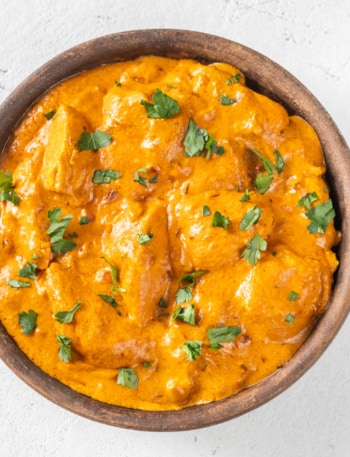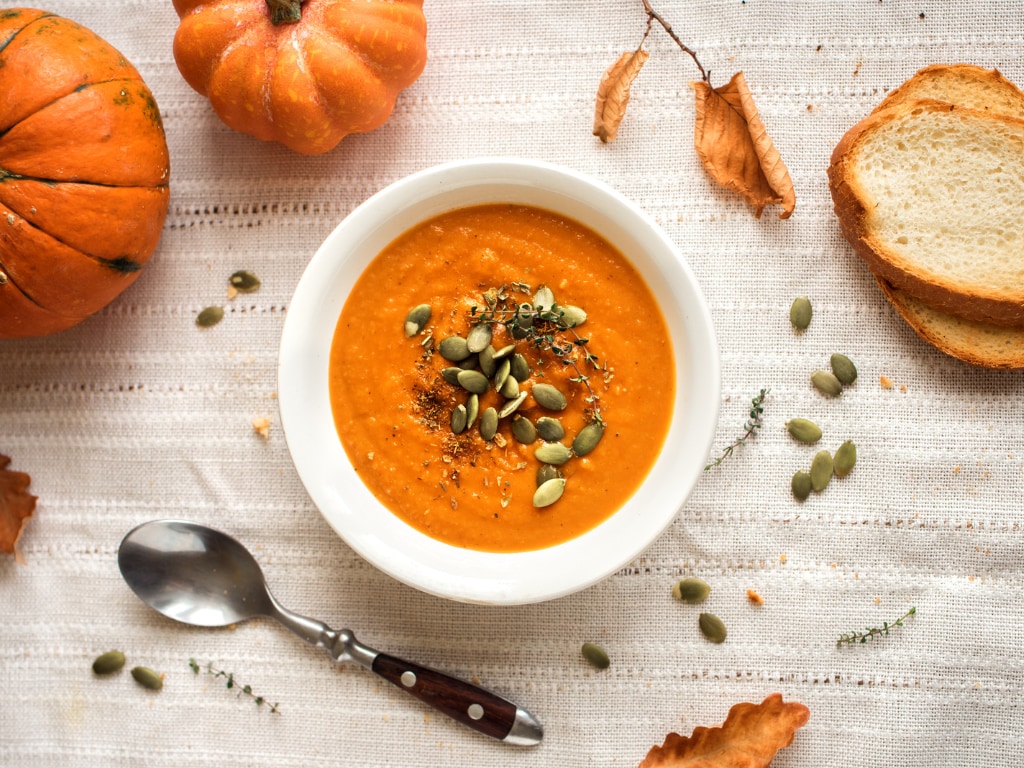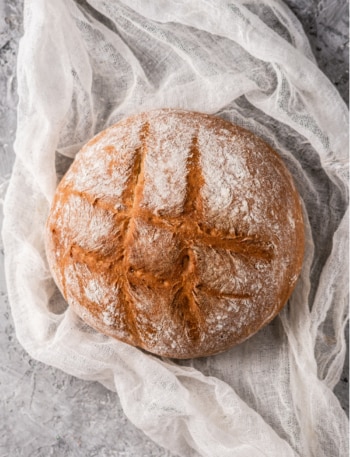Cauliflower Pizza Crust Recipe: Keto and Gluten Free

Cauliflower pizza crust serves as a healthier alternative to traditional pizza crusts, offering lower carbs, gluten-free benefits, and enhanced nutrients while still satisfying pizza cravings. Its versatility makes it suitable for a variety of dietary needs, contributing to its popularity in many homes.
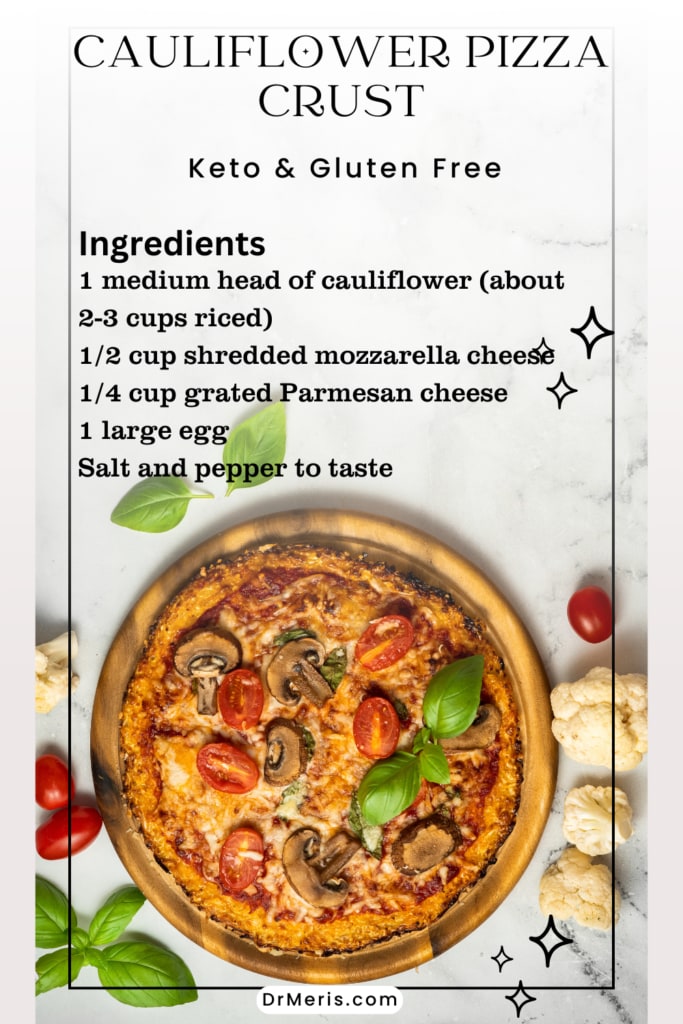
You may also like:
100% Whole Wheat Pizza – Healthy Pizza Crust
Healthy Tomato Sauce Recipe: Keto Friendly
Benefits of Cauliflower Pizza Crust
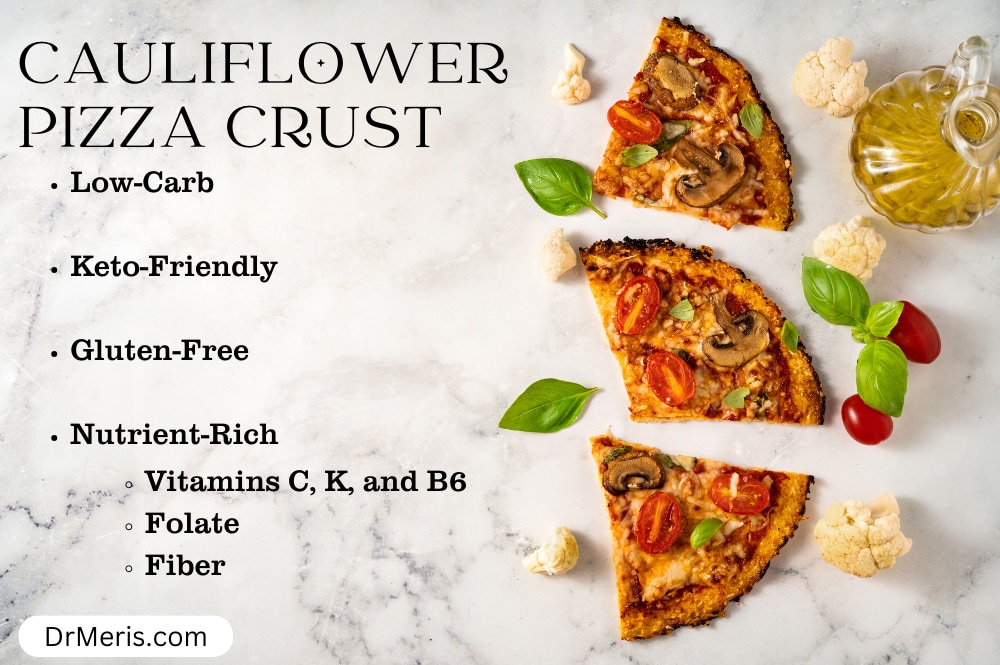
Cauliflower pizza crust has gained popularity for various reasons, making it an appealing choice for many. Here are some of its advantages:
- Reduced Carb Option: Cauliflower crust contains significantly fewer carbs than traditional wheat flour crust, making it ideal for those on low-carb or ketogenic diets.
- Great for Low-Carb Diets: Cauliflower crust contains significantly fewer carbohydrates than traditional wheat crust, making it suitable for those on low-carb or ketogenic diets.
- Gluten-Free: Being naturally gluten-free, cauliflower pizza crust is a safe option for individuals with celiac disease or gluten intolerance.
- Nutrient-Rich: Cauliflower is abundant in vitamins C, K, and B6, as well as folate and fiber, providing nutritional benefits that standard pizza crusts do not offer.
- Lower Calorie Count: Generally, cauliflower crust has fewer calories than conventional crusts, making it a lighter choice for those monitoring their caloric intake.
- Veggie Boost: Adding cauliflower to your diet enhances your vegetable consumption, contributing to a healthier lifestyle.
- Versatile and Flavorful: The crust can be seasoned with various herbs and spices, providing a variety of flavors that complement different toppings.
- Satisfying Texture: When made properly, cauliflower crust can be delightfully crispy, resembling traditional pizza crust, which is appealing to pizza enthusiasts.
- Simple to Prepare: Making cauliflower crust at home is straightforward, requiring only a few ingredients, making it convenient for home cooks.
Ingredients
- Main Component: Riced cauliflower, which is cauliflower grated or processed into small, rice-like pieces.
- Binders: Typically includes eggs and cheese (like mozzarella and Parmesan) to help hold the crust together.
- Flavorings: Optional herbs and spices, such as garlic powder and Italian seasoning, can be added for extra taste.
Optional Additions
- Herbs: Fresh or dried herbs like oregano, basil, or thyme for extra flavor.
- Spices: Red pepper flakes or smoked paprika for a kick.
- Other Cheeses: Additional cheeses like cheddar or cream cheese for richness.
Preparation

- Ricing the Cauliflower: The cauliflower is processed into small bits and then cooked to soften.
- Moisture Removal: Excess moisture is squeezed out to avoid a soggy crust.
- Mixing: The riced cauliflower is combined with cheese, egg, and seasonings.
- Baking: The mixture is shaped into a crust and baked until it becomes firm and golden.
Use
Cauliflower pizza crust can be topped with various ingredients, such as sauces, cheeses, vegetables, and meats, similar to traditional pizza, providing a delicious and healthier option for pizza enthusiasts.
Check out:
Healthy Tomato Sauce Recipe: Keto Friendly
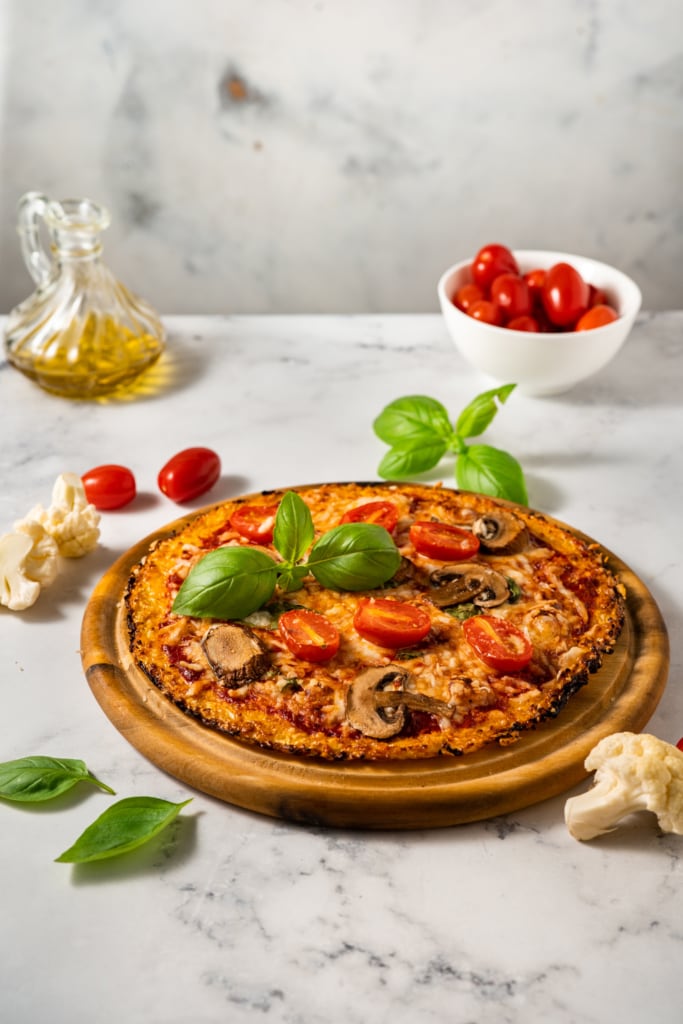
Tips for Cauliflower Pizza Crust
- Remove Moisture Thoroughly:
- After cooking the riced cauliflower, be sure to squeeze out as much moisture as possible using a clean kitchen towel or cheesecloth. This is key to achieving a crispy crust.
- Choose Fresh Cauliflower:
- Fresh cauliflower typically provides better texture and flavor compared to frozen. If using frozen, make sure to thaw and drain it well.
- Rice Finely:
- Process the cauliflower into small, rice-like pieces for a consistent texture. Avoid larger chunks, as they can affect the crust’s quality.
- Experiment with Seasonings:
- Enhance the flavor by adding various herbs, spices, or garlic powder to the crust mixture. This can improve the overall taste of your pizza.
- Pre-Bake the Crust:
- Bake the crust until it is firm and golden before adding toppings. This ensures the base holds up and doesn’t get soggy.
- Avoid Overloading with Toppings:
- Be careful not to use too much sauce and toppings, as excess moisture can make the crust soggy. Keep toppings moderate.
- Use Parchment Paper:
- Line your baking sheet with parchment paper to prevent sticking and make transferring the crust easier.
- Let It Cool Before Slicing:
- Allow the pizza to cool for a few minutes after baking. This helps the crust set, making it easier to slice and serve.
- Storage:
- If you have leftovers, store them in an airtight container in the fridge for up to 3 days. Reheat in the oven for the best texture.
- Try Different Cheese Combinations:
- Mixing various types of cheese (like cheddar or cream cheese) can enhance flavor and improve the crust’s texture.

Cauliflower Pizza Crust FAQs
- Is cauliflower pizza crust gluten-free?
- Yes, it is naturally gluten-free, making it a safe choice for individuals with gluten sensitivities or celiac disease.
- How should I store leftover cauliflower pizza crust?
- Keep leftovers in an airtight container in the refrigerator for up to 3 days. To reheat, use the oven for the best texture.
- Can I freeze cauliflower pizza crust?
- Yes, you can freeze the baked crust. Allow it to cool completely, wrap it tightly in plastic wrap, and place it in a freezer bag. It can be stored for up to 3 months.
- How can I make the crust crispy?
- For a crispy crust, make sure to thoroughly remove moisture from the riced cauliflower and bake it until it’s golden brown before adding toppings.
- Is it possible to use frozen cauliflower instead of fresh?
- Yes, frozen cauliflower can be used. Just ensure it’s thawed and drained well before incorporating it into the recipe.
- What toppings are best for cauliflower pizza?
- You can use any toppings you prefer! Popular choices include marinara sauce, mozzarella cheese, pepperoni, vegetables, and fresh herbs.
- How does it compare in taste to traditional pizza crust?
- While it has a different flavor and texture, many find cauliflower pizza crust tasty and enjoy its unique taste, especially with flavorful toppings.
- Can I prepare the crust in advance?
- Yes, you can make the crust ahead of time and store it in the fridge for a day or two before adding toppings and baking.
- What should I do if my crust turns out too soggy?
- If the crust is soggy, you may not have squeezed out enough moisture from the cauliflower. Next time, be sure to remove as much water as possible after cooking.
- Is it okay to add other ingredients to the crust?
- Yes, you can mix in additional ingredients like spices, herbs, or different types of cheese to enhance the flavor.
Cauliflower Pizza Crust Recipe: Keto and Gluten Free
Description
Cauliflower pizza crust is a healthy alternative to traditional pizza crust made from wheat flour. It is primarily composed of riced cauliflower, which is cooked, squeezed to remove excess moisture, and then mixed with cheese, eggs, and seasonings. This mixture is shaped into a crust and baked until golden brown.
Ingredients
Instructions
-
Preheat the Oven:
et your oven to 425°F (220°C) and line a baking sheet with parchment paper.
-
Rice the Cauliflower:
Remove the leaves and stem from the cauliflower and cut it into florets. Use a food processor to pulse the florets until they look like rice or fine crumbs.
-
Cook the Cauliflower:
Place the riced cauliflower in a microwave-safe bowl and microwave for about 5-7 minutes until softened. Allow it to cool slightly.
-
Drain Excess Moisture:
Transfer the cooked cauliflower to a clean kitchen towel or cheesecloth and squeeze out as much moisture as you can. This step is essential for achieving a crispy crust.
-
Combine Ingredients:
In a mixing bowl, mix together the riced cauliflower, mozzarella cheese, Parmesan cheese, egg, salt, and pepper. Ensure everything is well blended.
-
Shape the Crust:
Spread the mixture onto the prepared baking sheet, forming a round crust about 1/4 inch thick.
-
Bake:
Place the crust in the preheated oven and bake for 15-20 minutes, or until it’s golden brown and firm to the touch.
-
Add Toppings:
Take the crust out of the oven and top it with your favorite ingredients, such as pizza sauce, extra cheese, and vegetables.
-
Final Bake:
Put the pizza back in the oven and bake for another 10-15 minutes, or until the cheese is melted and bubbly.
-
Serve:
Allow the pizza to cool slightly before slicing. Enjoy!
Note
- Feel free to try different seasonings and cheese combinations to match your taste preferences.
- Store any leftovers in the refrigerator for up to 3 days.
Here are the approximate nutrition facts for cauliflower pizza crust, based on a typical serving size of one slice (from a 10-inch pizza):
Nutrition Facts (Per Slice)
- Calories: 80
- Total Fat: 5 grams
- Saturated Fat: 2.5 grams
- Cholesterol: 40 mg
- Sodium: 250 mg
- Total Carbohydrates: 7 grams
- Dietary Fiber: 3 grams
- Sugars: 1 gram
- Protein: 5 grams
Vitamins and Minerals
- Vitamin C: 15% of the Daily Value (DV)
- Calcium: 10% of the DV
- Iron: 4% of the DV
Note
These values can vary based on the specific ingredients and toppings used. For the most accurate nutrition information, it's best to calculate based on your exact recipe.
A typical recipe for cauliflower pizza crust usually yields about 2-4 servings, depending on how thick you make the crust and the size of the pizza.
For example:
- 10-inch pizza: Generally serves about 2-4 slices, depending on how large you cut the slices.
- If making individual mini pizzas: You might get more servings, typically around 4-6, depending on the size of each mini crust.
Cauliflower pizza crust typically contains about 70 to 90 calories per slice, depending on the specific recipe and ingredients used.
For a whole 10-inch pizza, the total calorie count might range from 400 to 600 calories, again depending on the specific ingredients and thickness of the crust.
Here’s a rough breakdown:
- Calories per slice: 70-90
- Total for a 10-inch pizza: 400-600




